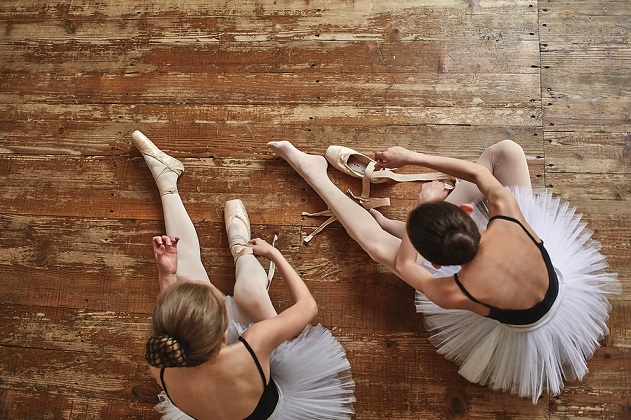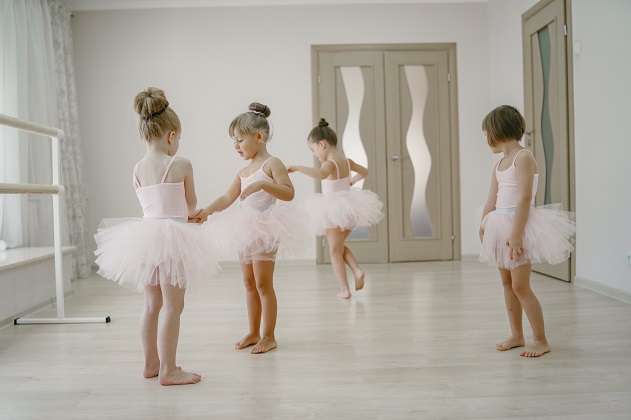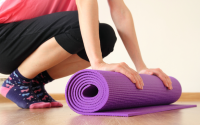Stage-Ready: The Complete Guide to Girls’ Dance Attire
When it comes to dance, there’s much more to it than just mastering the steps. For young dancers, the right attire plays a huge role in enhancing performance, boosting confidence, and ensuring comfort during practice and performances. Whether they’re twirling across a ballet stage or tapping their hearts out, wearing the proper dance attire is essential. With so many dance styles, from ballet to jazz to contemporary, each has its wardrobe that demands that balance of freedom and movement.
So, what exactly makes for the perfect dancewear for girls? Let’s take a closer look at the essential pieces every young dancer needs in their wardrobe.
Essential Dance Clothing

Every young dancer needs a few fundamental pieces to form the base of their wardrobe. These essentials ensure comfort and functionality, no matter what type of dance they’re performing.
Leotard
The leotard is the bread and butter of any dancer’s outfit. This fitted, one-piece garment offers freedom of movement while maintaining a sleek, streamlined look. Available in a variety of styles such as sleeveless, long-sleeved, and tank tops, leotards come in different materials. Often they are a blend of spandex and cotton or nylon. This ensures breathability, flexibility, and durability, allowing dancers to focus solely on their performance. For younger dancers, fun colours and embellishments can add a bit of flair, but simplicity is key for more formal performances.
Tights
Tights are another must-have item that completes a dancer’s ensemble. Not only do they provide warmth and coverage, but they also offer smoothness and flexibility, enhancing leg lines for a more polished look. There are several types of tights to choose from, depending on the dance style—footed tights, footless tights, and convertible tights being the most popular. Convertible tights are particularly handy because they can transition between footed and footless, making them versatile for a variety of dance styles. Proper-fitting tights can make a huge difference in ensuring comfort and allowing a full range of motion.
Dance Shoes
From ballet slippers to jazz shoes and tap shoes, the right footwear is essential for every dance style. Ballet shoes are made of soft leather or canvas, designed to fit like a glove and allow the dancer to feel the floor beneath them, which is crucial for technique. Jazz shoes are flexible with a slight heel, ideal for quick foot movements, while tap shoes, with their metal plates on the heel and toe, create the iconic tap sound that every young dancer loves. The fit of the shoe is important—too tight, and it’s uncomfortable, too loose, and it hinders movement.
Tutu’s for Girls: Iconic Dancewear

When you think of ballet, the first image that comes to mind is probably a dancer in a tutu. There’s just something magical about a girl in a tutu, swirling across the stage like a dream. They are more than just a symbol of ballet—tutus for girls are a rite of passage for many young dancers. But did you know that there are different types of tutus? Let’s dive in!
Types of Tutus
- Classical Tutu: The traditional tutu seen in performances like The Nutcracker, this type is short, stiff, and layered to create a flared, circular look. It’s ideal for formal ballet performances as it highlights the dancer’s movements and footwork.
- Romantic Tutu: This tutu is longer and flowy, often reaching mid-calf or even the ankle. It has a more ethereal, graceful appearance, perfect for portraying characters like forest sprites or fairies. The romantic tutu moves beautifully with the dancer, adding a sense of elegance and magic to every performance.
- Practice Tutus: Unlike the elaborate stage tutus, practice tutus are designed for rehearsals. They’re less structured and simpler in design, allowing dancers to focus on technique without being weighed down by layers of fabric.
Choosing the Right Tutu
When choosing a tutu, comfort is key. You want something that fits snugly at the waist but allows for freedom of movement in the hips and legs. The length and type of tutu will depend on the type of performance but always consider the dancer’s body type and preferences to ensure they feel confident.
Tutu Maintenance Tips
Tutus may look delicate, but with the right care, they can last through multiple performances. To keep them stage-ready:
- Hang them up: Storing tutus on a hanger keeps the fabric from becoming crushed or wrinkled.
- Spot clean only: Avoid machine washing. Gently clean any spots or stains with a damp cloth.
- Store carefully: Keep tutus in garment bags to protect them from dust and damage.
Accessories to Complete the Look
Once the essentials are in place, it’s time to add a few accessories that will take your dancer’s look to the next level.
- Wrap Skirts: Often worn over leotards, these lightweight skirts add a touch of elegance to a dancer’s outfit, especially in ballet.
- Warm-Ups: Dance sweaters, leg warmers, and wraps are great for keeping muscles warm during practice or between rehearsals.
- Hair Accessories: Neatly tied ballet buns are iconic in the dance world. Use hair nets, bobby pins, and decorative clips to keep hair neat and out of the face while still looking polished.
- Dance Bags: A dancer’s best friend! Dance bags are essential for keeping shoes, attire, and accessories organized and in one place.
Choosing the Right Dance Attire
Picking the perfect dance attire for your child can seem daunting, but a few key factors can help make the process easier.
- Quality: Invest in high-quality materials that can withstand the wear and tear of regular practice and performances.
- Fit: Ensure the clothing fits snugly but doesn’t restrict movement. Proper-fitting attire enhances confidence and allows dancers to move freely.
- Price Point: While it’s tempting to go for the most affordable options, it’s worth investing in pieces that will last. However, it’s also possible to find good quality at a reasonable price—just be sure to shop around.
Conclusion
The world of dance is magical, and the right attire plays an essential role in making it even more enchanting. From leotards and tights to the iconic tutus for girls, each piece contributes to a dancer’s ability to move with grace and confidence. With the proper attire, every young dancer will not only look the part but also feel empowered to take on the stage and deliver a stunning performance. So, whether your little one is preparing for her first recital or a big ballet performance, having the right dancewear makes all the difference!



